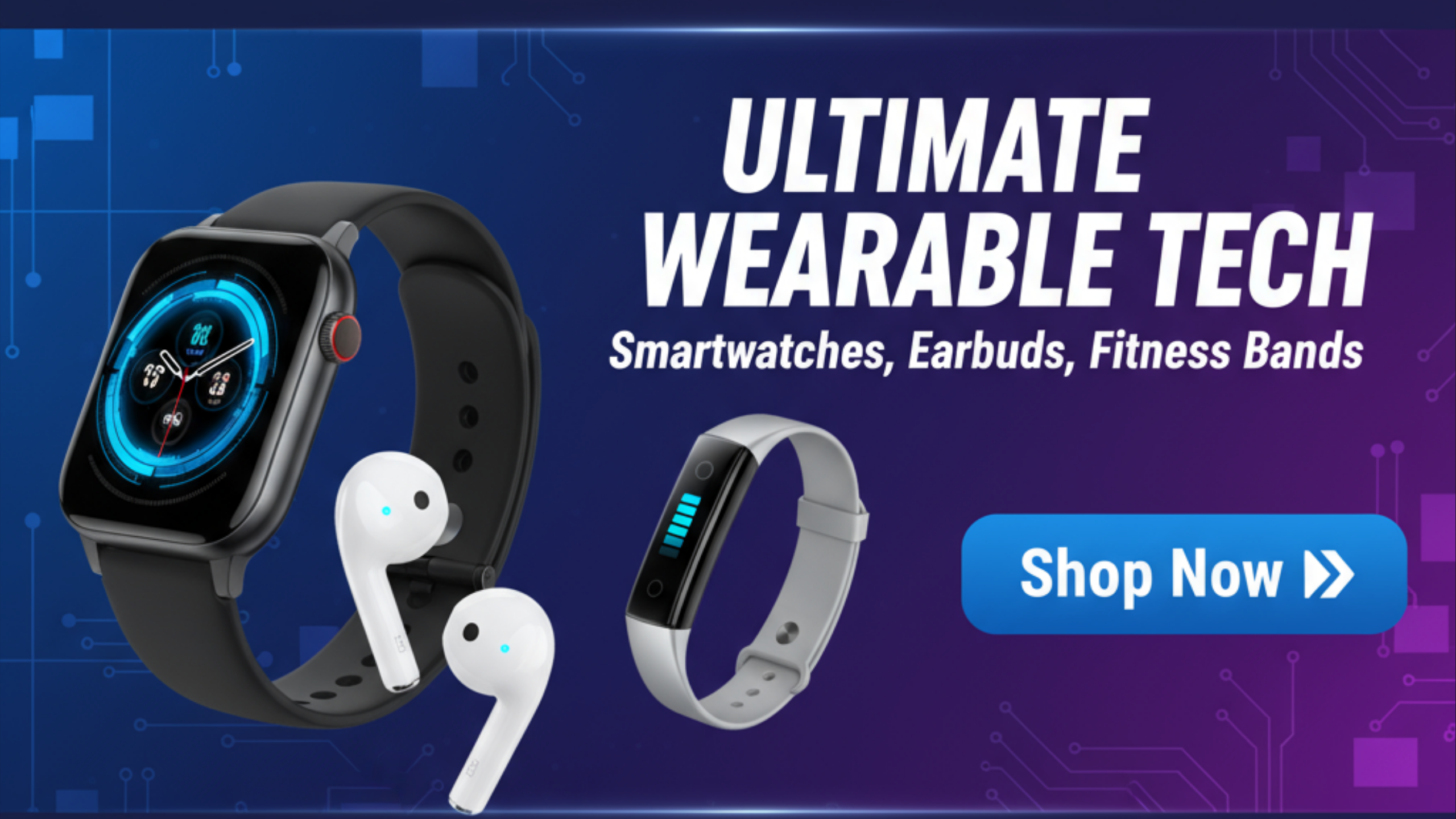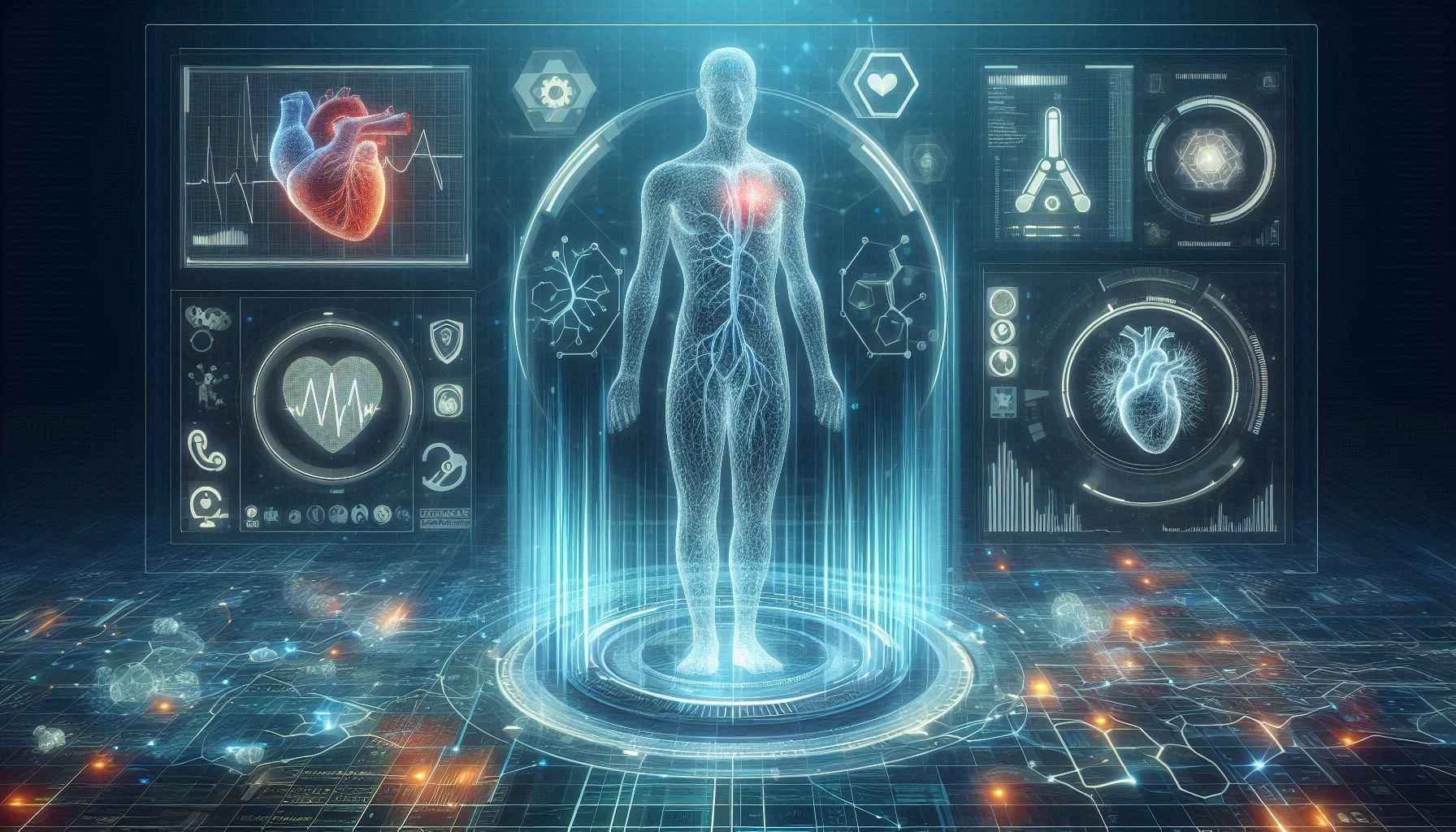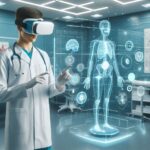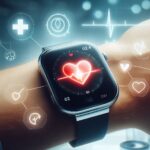Imagine a world where your doctor walks by your side all day long-less physically, of course, but silently monitoring your vital signs, analyzing your health patterns, and warning you about potential issues before they materialize. Wearable AI for Remote Patient Monitoring (RPM) therefore offers this promise.
With skyrocketing healthcare costs and an increasing burden on the system given chronic diseases, also comes the urgent need for a focus shift from reactive to proactive care. Some unique challenges of the American healthcare include an aging population, a shortage of clinicians, and increasing costs. Wearable AI is thus a transformational technology poised to change healthcare management for continuous, personalized, and preventive care.
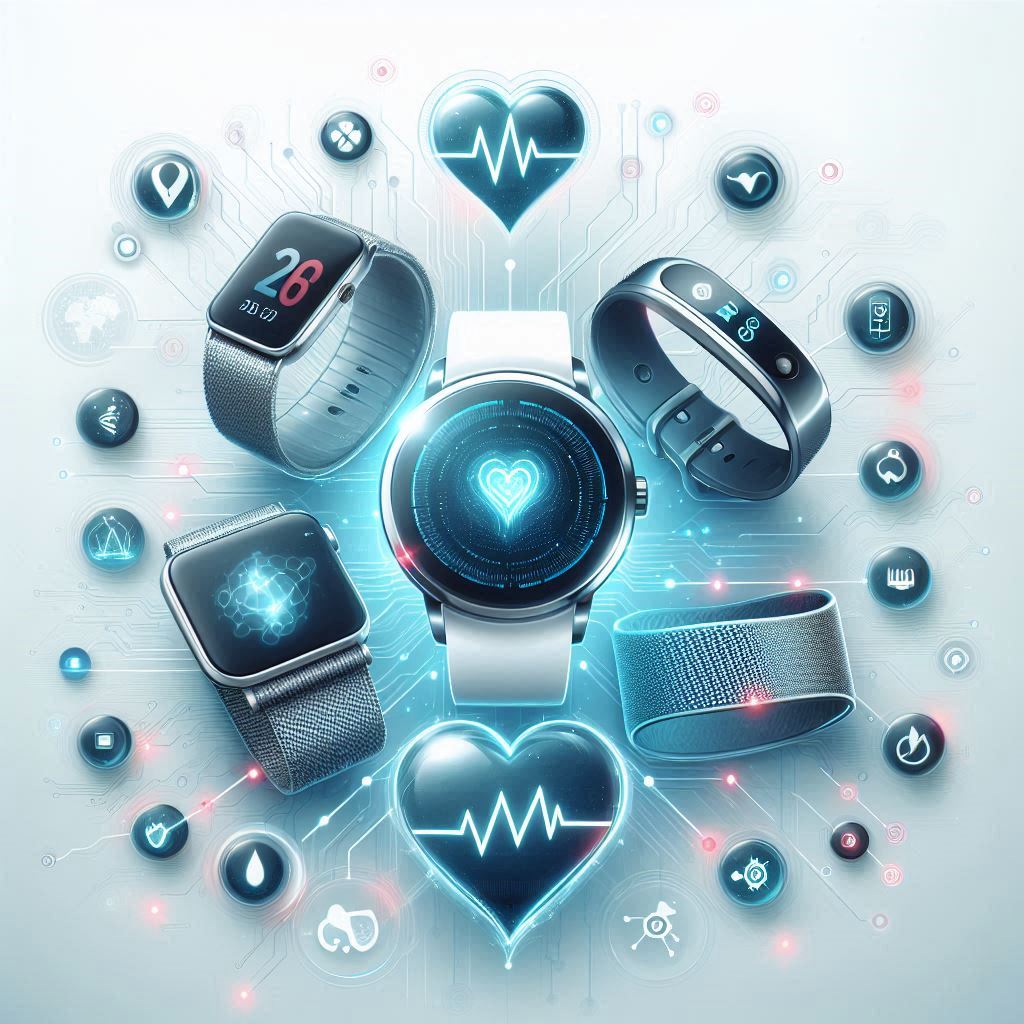
We discuss how AI-powered wearables have started entering American homes as invisible doctors, their far-reaching benefits, emerging trends, challenges, and the bright future of telehealth.
The Rise of the “Invisible Doctor”: What is Wearable AI in RPM?
At the very basic level, wearable AI in Remote Patient Monitoring refers to smart devices like watches, rings, patches, and even clothes that continuously collect biometric data such as heart rate, blood pressure, oxygen saturation, sleeping patterns, glucose levels, and much more. There is one thing different, though: it is the strength of AI algorithms that can analyze this vast stream of data in real-time.
Machine Learning and Deep Learning are helping the algorithms to pick up nerve subtle trends, maybe project health issues, and detect anomalies that normally would never raise alarm anywhere else. We have come a long way from the run-of-the-mill pedometers; today, wearables provide continuous monitoring and predictive analytics that can help save lives.
Going one step further, smartwatches, smart rings, and smart patches now work as miniature health hubs, continuously collecting, analyzing, and feeding health data for proactive interventions. This invisible care layer could change the patient experience from a collection of diagnosed health emergencies to ongoing, personalized support.
Benefits: Why Healthcare Needs This
Proactive and preventive care
Detection of early warning signs is the most-powerful promise wearable AI offers. Examples are irregular heartbeat detection, fluid build-up for the heart failure patient, and even the early signs of pre-diabetes. Emergency room visits are allowed to be substantially reduced through the early detecting of problems along with hospital readmissions.
Chronic Disease Management
In the cases of chronic illnesses such as diabetes, hypertension, cardiovascular diseases, and asthma, a wearable AI system has very much put its footprint. Patients receive personalized management plans and real-time insights for adjusting medications and lifestyle choices immediately. Reminders from AI also help in enhancing medication adherence so that patients can stay on track with their treatments.
Cost Reduction
Economic impact is equally very important. Remote Patient Monitoring is estimated by experts to have enormous savings, preventing hospitalizations, cutting down in-person visits, and better ways to manage diseases.
Increased Accessibility & Patient Engagement
Wearable AI opens healthcare to underserved and rural communities lacking specialists. These tools enable the patient to have some control over their own health by providing customized feedback rather than raw data alone. With an aging population and a shortage of clinicians, wearable AI acts as a very valuable extension of the healthcare workforce.

Current Trends and Innovations
Explosion of AI Integration
AI is fast transforming wearables into holistic health panoramas and wellness coaches in intelligent-biased advice with prediction of health risks even before symptoms arise.
New Form Factors
Smart Rings: Modular and stylish, smart rings trend to provide parents of such technologies custom-grade sport, advanced sleep, and cardio tracking.
Smart Glasses: With Google’s Android XR and Gemini AI, and Meta working with Warby Parker, smart glasses are opening windows into a post-smartphone era with health data at the tip of one’s fingers.
Advanced Sensors & Diagnostics
Ultra-modern technologies encompassing Continuous Glucose Monitoring, superior ECG capacities, and experimental liquid glass technologies could be said to push boundaries, offering non-invasive, real-time diagnostics.
EHRs and Telecare Integration
Integrated into the Electronic Health Record system, this data enables its providers to have an overview of a patient’s health at any time, thus augmenting teleconsultations and long-term management.
Market Growth
The market for AI in Remote Patient Monitoring is flourishing, with a very rapid growth rate anticipated following worldwide adoption by healthcare systems.
Challenges and Considerations
Data Privacy & Security
Among other issues, the topmost concern is the protection of sensitive health data. Existing laws often do not adequately come into play for consumer-type gadgets, which may not even be afforded the status of medical data. Strong encryption schemes, legitimate user consent, and prohibition of unethical data usage are among the tenets that should never be compromised for the sake of increased reputation.
Accuracy & Reliability
Consumer devices offer the benefits of portability, but some do not provide clinical accuracy. Unless within his professional capacity, a physician may not feel comfortable acting on data from an unregulated source. That remains the real challenge for approval of the so-called medical-grade wearables.
Interoperability
The technical challenge still remains on merging data from disparate platforms to form unified health records. Interoperability is essential for healthcare systems to make full use of these AI-powered wearable devices.
User Adoption & Digital Divide
Making these devices accessible, taking into account user-friendliness for the elderly, is equally important. The digital divide-barrier to and deficit in both technology and digital divide-remains alive and well.
Clinician’s Alert Fatigue
The sheer volume of alerts and data is giving busy clinicians alert fatigue with the risk that truly important signals might be missed.
The Road Ahead: Shaping the Future of Healthcare
The remote patient monitoring’s future is full of promise: one might anticipate further downscaling of these systems, maybe even more evolved non-invasive sensors and augmentation of AI to truly bring about personalized medicine.
For this vision to come to fruition, tech companies, healthcare providers, policymakers, and patients themselves will have to work closely together. At the same time, regulations will have to be responsive to changing technologies to keep up with ensuring safety while enabling innovation.
Ultimately, while this “invisible doctor” of AI will perhaps not be the answer to replacing human clinicians, it will indeed go a long way toward augmenting human capability with, empowerment to the patients, reduction in costs, and almost building a healthy, connected population at the global level.

